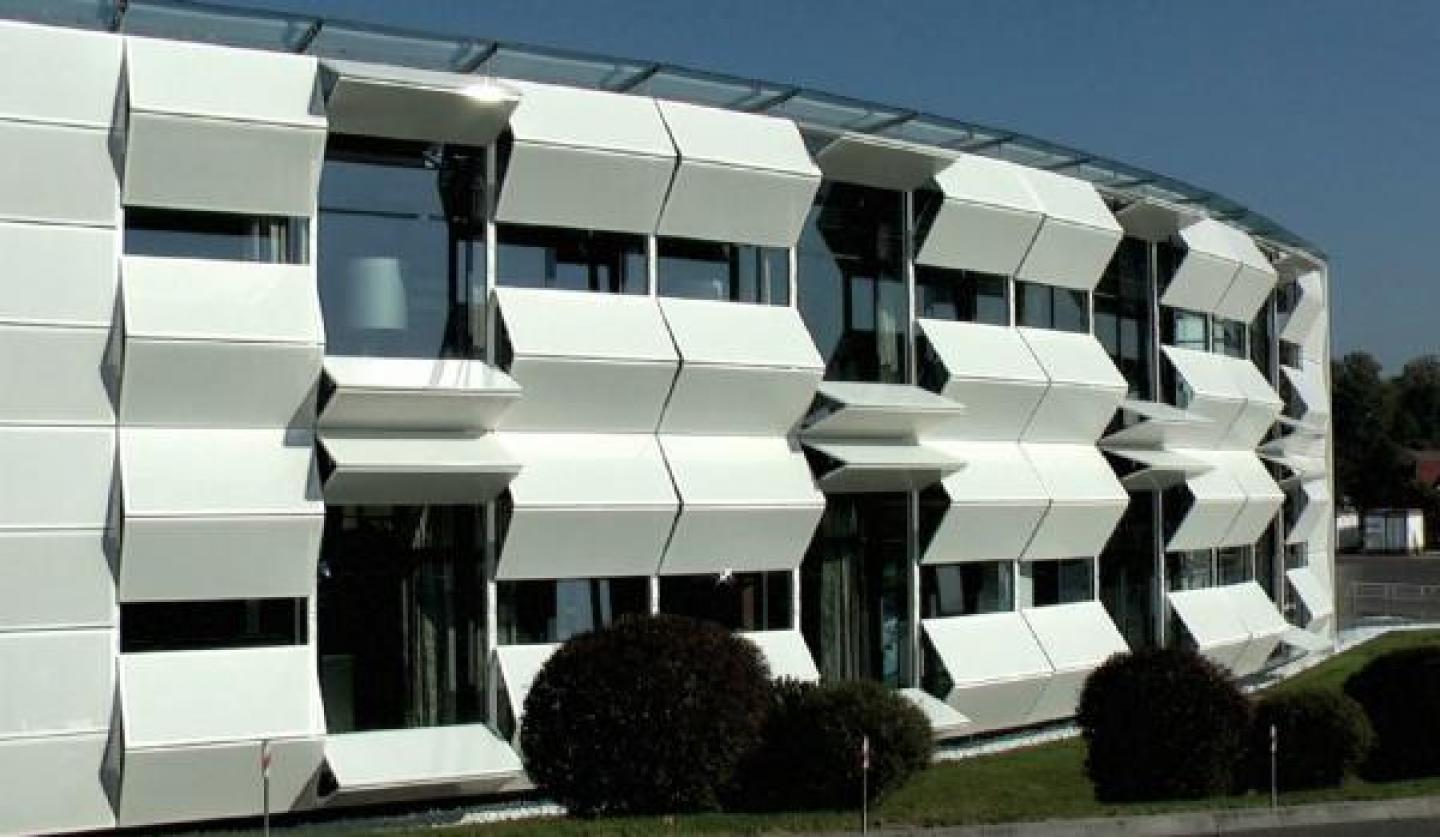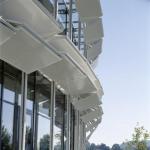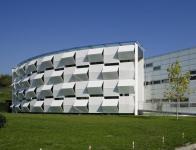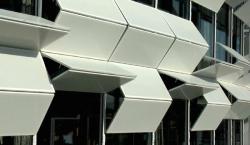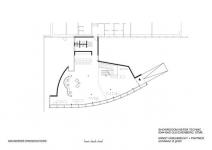In earlier times, façades were characterised by window arrangements and axes. They often featured surface relief with architectural elements from the relevant period or style. The structure of the façade also determined the ground plan; the greater the number of window axes in a room, the more important the function of the user.
Not long ago office buildings had a clear structure and the number of axes was prede-termined - e.g. how many for a director or high-ranking counsellor and how many for a mere civil servant.
With the introduction of window strips, these hierarchies were abandoned. Today it is possible that the complete exterior façade is transparent, and this very transparency indicates a modern character. At the same time, individual requirements escalate and need to be reconciled with the desire for comfort.
For this reason we have been working for some time with dynamic façades that can be adapted individually to changing conditions and needs. Of course they can also be controlled by optimising programs if users are not present in the rooms behind. Thus it is possible to realise these new transparent façades and yet still maintain a cosy at-mosphere in the rooms.
These façades change continuously; each day, each hour shows a new “face” - the fa-çade is turning into a dynamic sculpture.
2005
2007
Favorited 2 times
